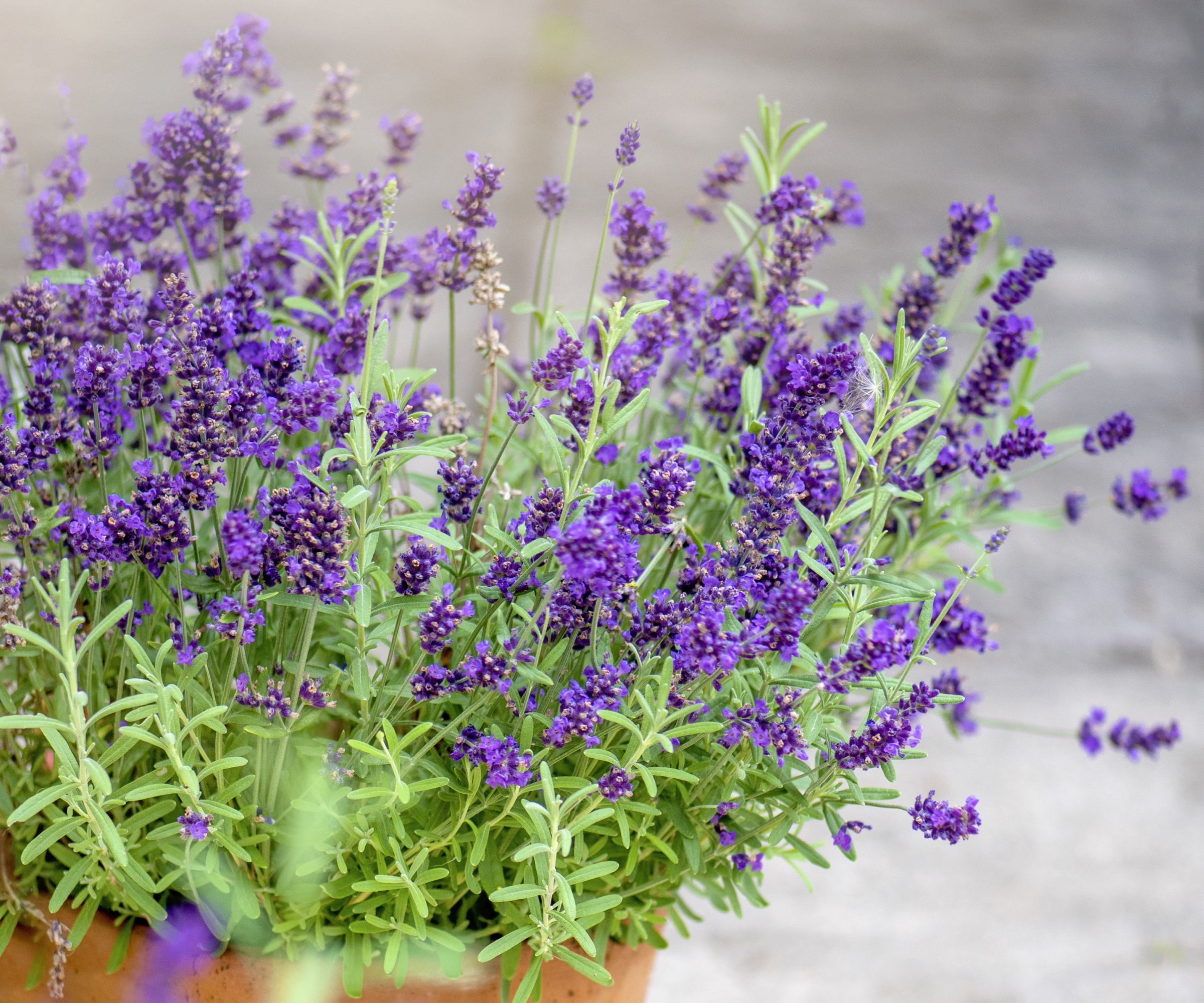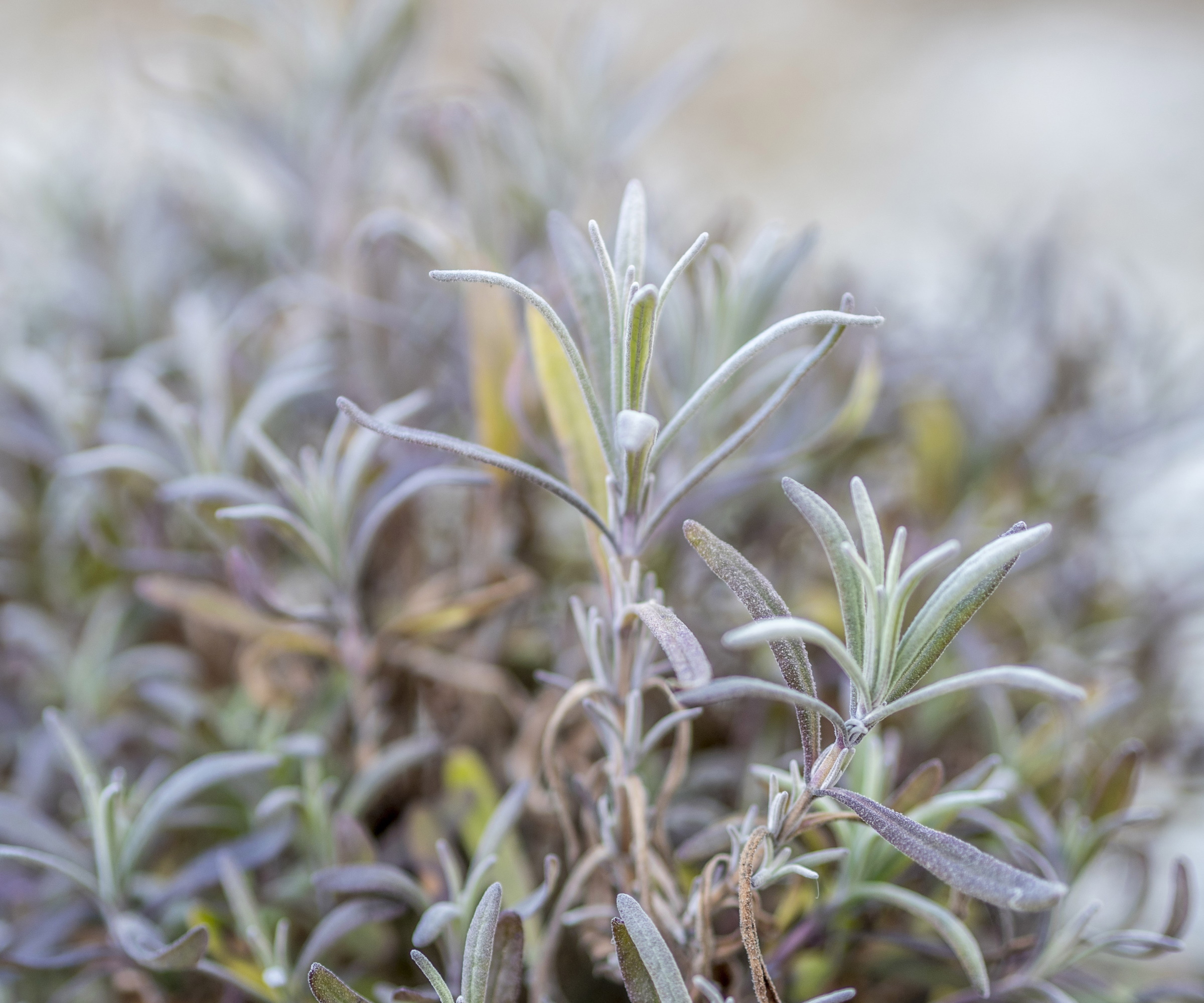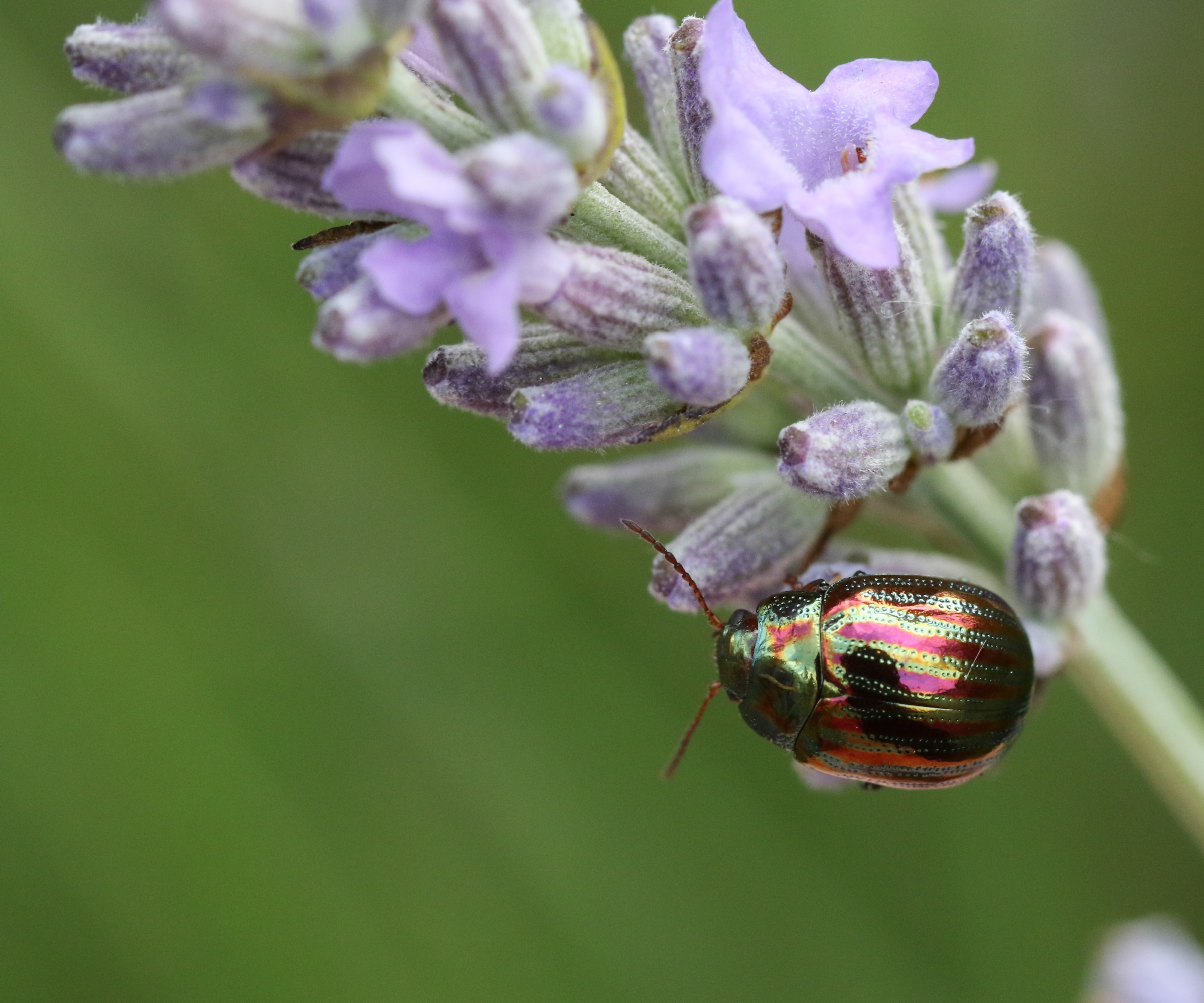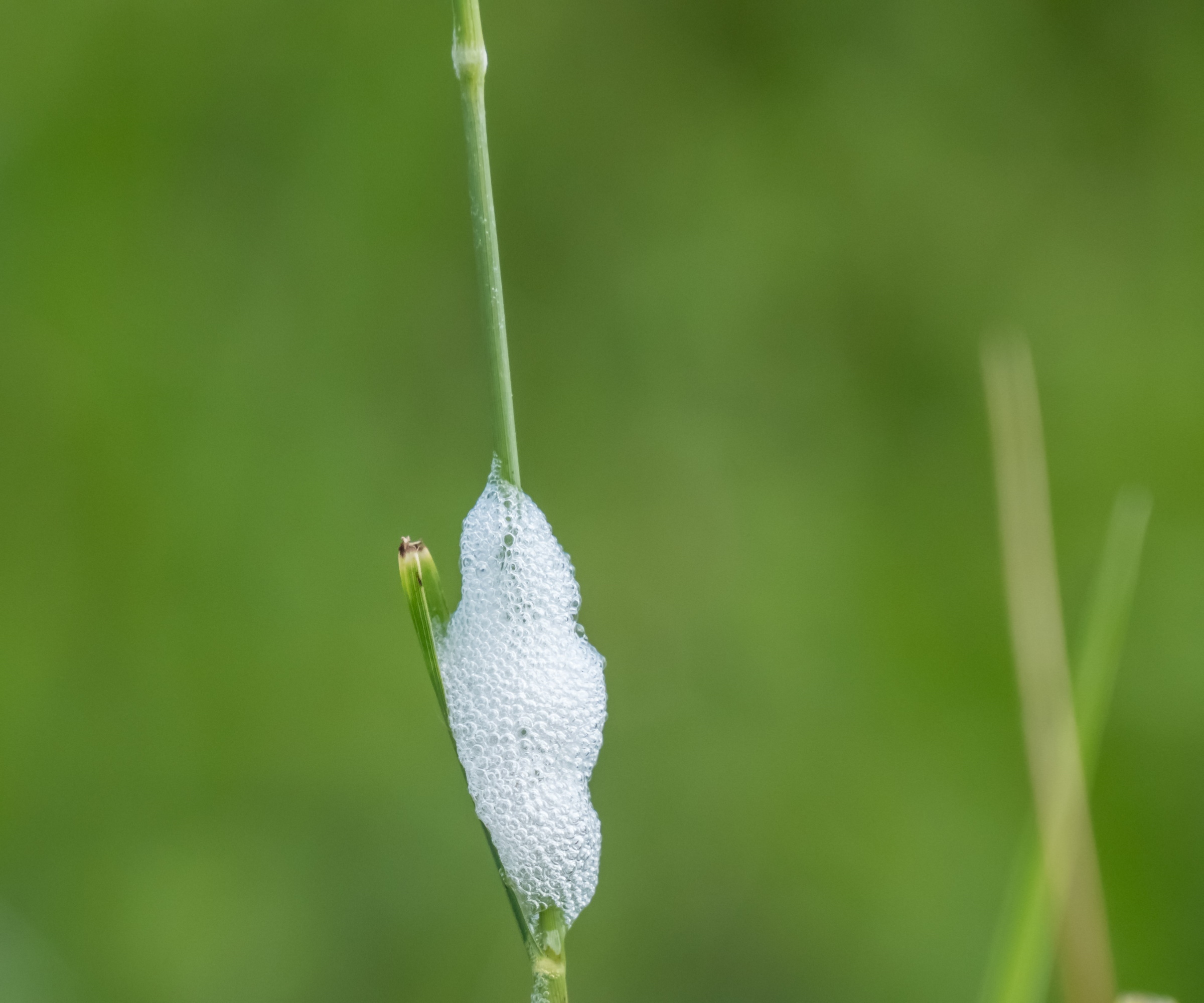
Fragrant lavender plants are a herb favorite of many gardeners. Typically considered easy to grow and low-maintenance, lavender plants are reliable and resilient herbs that can be trusted to bloom for many months across the spring and summer.
When considering how to grow lavender, many gardeners will be familiar with the basic conditions for successful growing. They enjoy warm weather and need plenty of sun and loose, free-draining soil. If these three requirements are met, you cannot go too far wrong. As a gardener, I have grown lavender in many different situations, and it seems to do just fine if left alone, save for a good amount of sunshine.
While lavender plants are often considered pest and disease-free, there are a small number of problems to be aware of. Combatting lavender pests and infections as early as possible will prevent small problems from developing into bigger issues later in the year, ensuring that your lavender plants bloom brilliantly for as long as possible.

Lavender pests and problems
While many of the best lavender varieties are considered easy to grow, there are a small number of lavender pests and problems for gardeners to be aware of, and early identification will help to quickly resolve any issues. Here, garden experts share advice to help you successfully identify and combat lavender pests and problems.
Graying, browning or wilting lavender foliage

One common issue with lavender plants is graying, browning and/or wilting foliage. Often this is caused by high humidity and high moisture levels in the soil, which is one of several lavender-growing mistakes to avoid. Ensure that your herbs are planted in free-draining soil with plenty of air circulation. Remember that these aromatic herbs are native to the Mediterranean, thriving with minimal water and in very dry soils.
Often, graying or browning foliage can be a fungal infection called botrytis, which develops when conditions are humid and wet. Common in the backyard, this infection can attack several different plants, including lavender, and it is also considered one of the top peony pests to look out for.
Graying and browning foliage should be easy to spot, typically beginning near the base of the plant and spreading further up the stem with time. It is best to remove stems that appear infected, disposing of them to prevent the spreading of the fungal infection.
Once infected stems are removed, inspect the soil at the base and around your lavender plant, as it might be a good idea to add some drainage material, such as grit and mulch, to improve drainage. In addition, consider improving air circulation by lifting neighboring plants to give plants more space in your borders.
Organic fungicide sprays, available from Walmart, can also be applied in the growing season to control the spread of fungal infections.
Provence lavender, or Lavandula x intermedia 'Provence' will add a touch of Provence to any outside space. These plants are easy to grow, preferring free-draining soil and plenty of sunshine. You'll be rewarded with years of fragrant flowers and picture-perfect paths.
Rosemary beetle on lavender plants

'Rosemary beetles can be incredibly damaging to aromatic herbs like rosemary, lavender and sage,' says Lisa Fontanarosa, a lavender expert and grower based in Albuquerque, New Mexico.
Indeed, rosemary beetles are considered one of the pests that can destroy plants in your herb gardens. They are brilliantly colored, shining in metallic hues of green and purple, as can be seen in the image above.
Despite their scientific name, Chrysolina americana, 'the rosemary beetle is not a common problem in the Americas,' Lisa adds, which contrasts greatly with Europe, where it can be found for much of the growing season across the continent.
'Fairly small in size, measuring no more than half an inch in length, rosemary beetles are easy to spot due to their beautiful, shiny coloring,' Lisa adds. 'The damage is easy to spot, with brown, dying lavender plant tips.'
'They typically dine on the tender new shoots of herbs, first appearing in late spring, with their numbers ramping up through summer. Where you see one rosemary beetle, there will be many more.'
'Where possible remove beetles by hand before serious damage occurs,' Lisa says. 'Simple tap or shake the branches over a piece of newspaper spread underneath the plant' to capture the beetles and larvae, disposing of the pests in a bucket of soapy water.
'I grow organically and so encourage wildlife in the garden, which is why I don’t recommend or use pesticides, even organic types,' Lisa continues. 'Pesticides reduce biodiversity, including natural predators, impact soil health and have wider adverse environmental effects.'
Spittlebug on lavender plants

Spittlebugs, often nicknamed froghoppers, are small bugs with white, brown, black or orange-striped coloring. They are easy to identify, leaving a foam-like white substance on plants as they feed. They are typically drawn to lavender and rosemary plants, and while unattractive, they are generally low risk.
White foam can often be spotted on plants during the spring and summer months, and those affected stems may wither and die. However, spittlebugs do not generally cause much damage to garden plants, and seeing small blobs of foam will be unsightly, but should be tolerated.
If you are concerned about lavender plants in the borders, or for those gardeners who grow lavender in pots, a powerful jet of water with the hose can knock the bugs off and clean the plant, but typically, spittlebugs do little damage, so it is not something to worry about.
Lavender plants are generally easy to grow and pest-free, yet knowing how to identify and manage problems is an important part of gardening. For more growing care advice, consider our guide on deadheading lavender or how to revive woody lavender plants, to keep your herbs looking their best this year.







